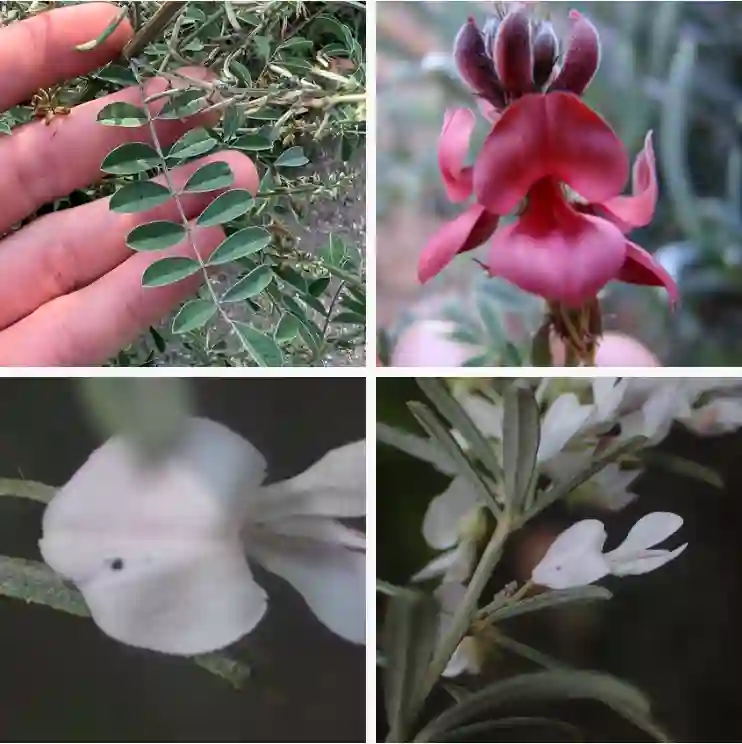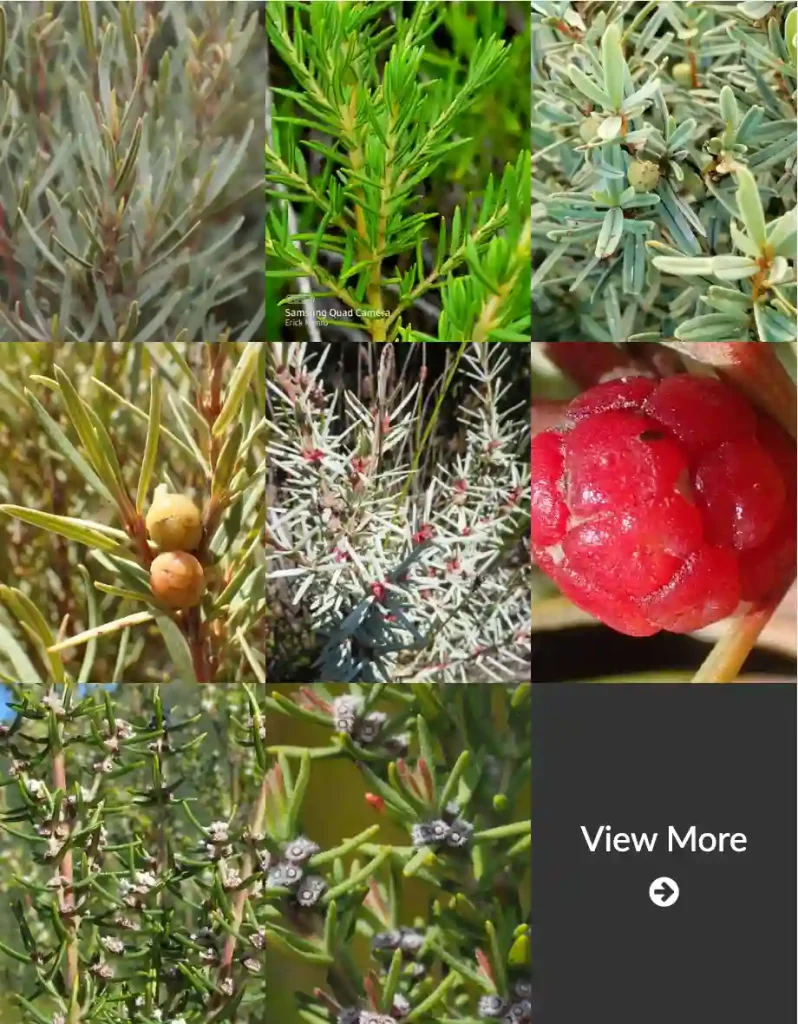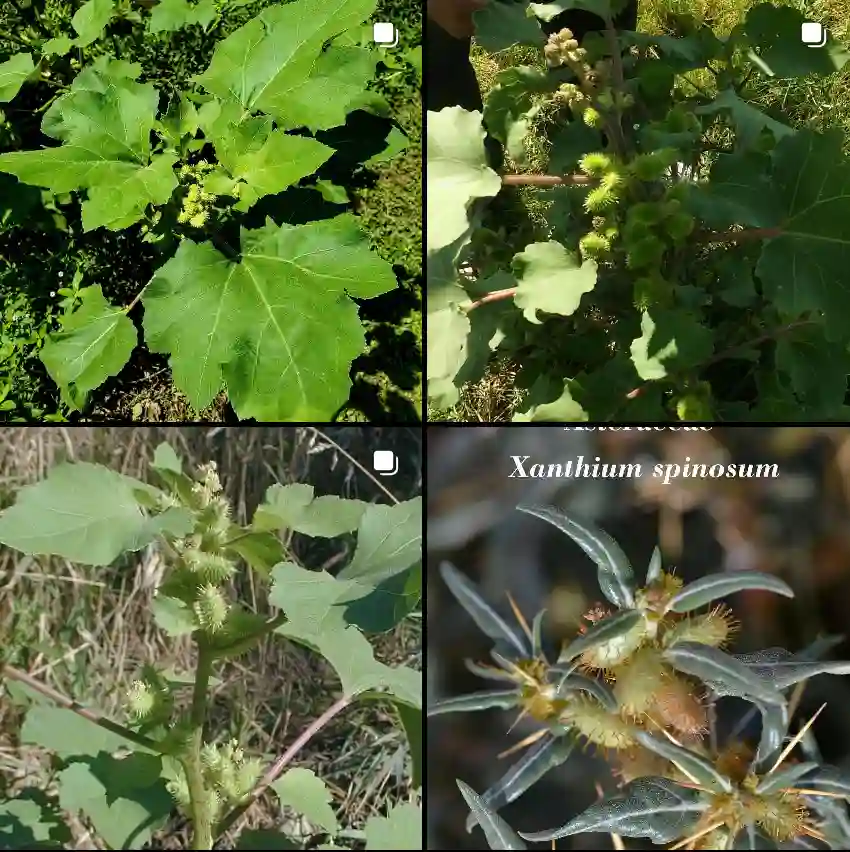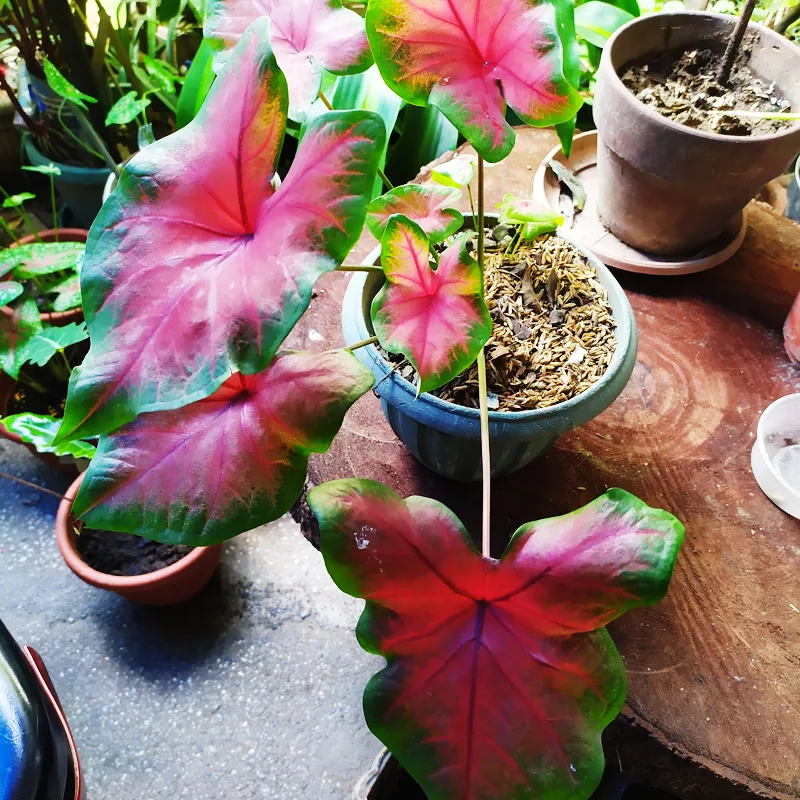What Is Filipendula Flore Plena?
Filipendula Flore Plena, commonly known as the Double Flowering Meadowsweet, is a stunning perennial that I’ve grown quite fond of. It belongs to the Rosaceae family, which includes roses and apples. This plant is renowned for its lush, fluffy, white blooms that appear in late spring and early summer. The flowers are not only beautiful but also have a light, sweet fragrance that can enhance any garden. The foliage is equally attractive, with deeply cut, feathery leaves that turn a golden hue in the fall.
15 Species in Genus Filipendula
How to Care for Filipendula Flore Plena?
Caring for Filipendula Flore Plena is relatively straightforward, and I’ve found it to be quite hardy in my garden. Here are some key care tips:
- Location: This plant thrives in full sun to partial shade. I’ve had the best results with a spot that receives morning sun and afternoon shade.
- Soil: It prefers moist, well-drained soil. Adding organic matter, such as compost, can help improve soil quality and retain moisture. Avoid soil that is too dry or too wet, as it can lead to root issues.
- Watering: Regular watering is crucial, especially during dry spells. However, be careful not to overwater, as this can cause root rot. I aim to keep the soil consistently moist but not soggy.
- Fertilizing: A balanced, all-purpose fertilizer applied in early spring promotes healthy growth and flowering. I use a slow-release fertilizer to minimize the need for frequent feeding.
- Pruning: Deadheading spent flowers can encourage more blooms and prevent the plant from self-seeding too aggressively. In late winter or early spring, I cut back the stems to the ground to encourage new growth.
How to Propagate Filipendula Flore Plena?
Propagation of Filipendula Flore Plena can be done through seeds, division, or cuttings. Here’s how I approach each method:
- Seeds: Start seeds indoors about 6-8 weeks before the last frost. Sow seeds in a seed tray with a mix of seed starting soil. Keep the soil moist and warm until germination, which usually takes 2-3 weeks. Transplant seedlings outdoors after the danger of frost has passed.
- Division: I find that dividing the plant every 3-4 years helps maintain its vigor. In early spring or fall, dig up the plant and carefully separate the roots into smaller sections. Replant the divisions in well-prepared soil.
- Cuttings: Take softwood cuttings in late spring or early summer. Use a rooting hormone and plant the cuttings in a mix of peat and perlite. Keep them in a humid environment until roots develop.
What to Plant With Filipendula Flore Plena?
Filipendula Flore Plena pairs well with a variety of garden plants. I’ve had success combining it with:
- Astilbe: The feathery blooms of Astilbe complement the fluffy flowers of Filipendula, creating a lush, layered effect.
- Hostas: The broad, textured leaves of Hostas provide a nice contrast to the delicate foliage of Filipendula.
- Heuchera: Heuchera’s colorful foliage adds visual interest and can help highlight the Meadowsweet’s blooms.
Benefits of Filipendula Flore Plena
Growing Filipendula Flore Plena in your garden has several benefits:
- Aesthetic Appeal: Its attractive, fluffy flowers and vibrant fall foliage make it a standout plant in any garden.
- Pollinator Friendly: The flowers attract bees, butterflies, and other pollinators, contributing to a healthy garden ecosystem.
- Low Maintenance: Once established, this plant requires minimal care, making it ideal for both novice and experienced gardeners.
Is Filipendula Flore Plena Toxic?
Filipendula Flore Plena is generally considered non-toxic to humans and pets. However, it’s always a good practice to prevent children and pets from eating non-food plants, as a precaution.
Common Problems with Filipendula Flore Plena
While Filipendula Flore Plena is quite resilient, it can face a few issues:
- Powdery Mildew: This fungal disease can appear as a white, powdery substance on the leaves. I’ve found that improving air circulation and avoiding overhead watering helps prevent it.
- Root Rot: Overly wet soil can lead to root rot. Ensure proper drainage and avoid waterlogging the soil.
Compare with Other Similar Plants
When comparing Filipendula Flore Plena with other similar plants, such as:
- Filipendula Rubra: Unlike the Double Flowering Meadowsweet, Filipendula Rubra has larger, more showy pink flowers. Both are similar in care but differ in bloom color and size.
- Astilbe: While Astilbe also offers feathery flowers and thrives in similar conditions, it typically flowers earlier in the season. Filipendula Flore Plena’s blooms appear later, extending the flowering season.
In summary, Filipendula Flore Plena is a delightful addition to any garden. Its lush blooms, ease of care, and benefits make it a plant worth considering. Whether you’re looking to enhance your garden’s visual appeal or attract pollinators, this Meadowsweet is a fantastic choice.
If i die, water my plants!



